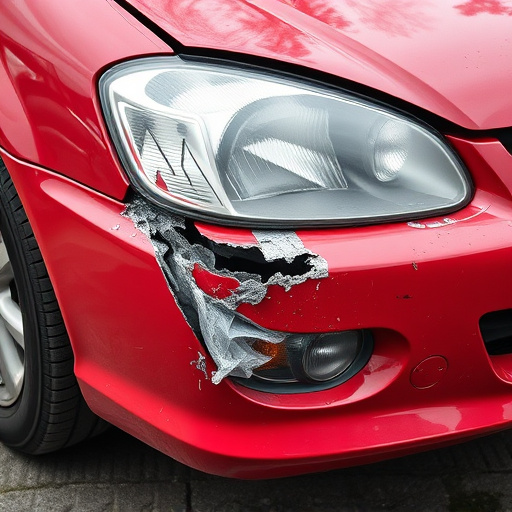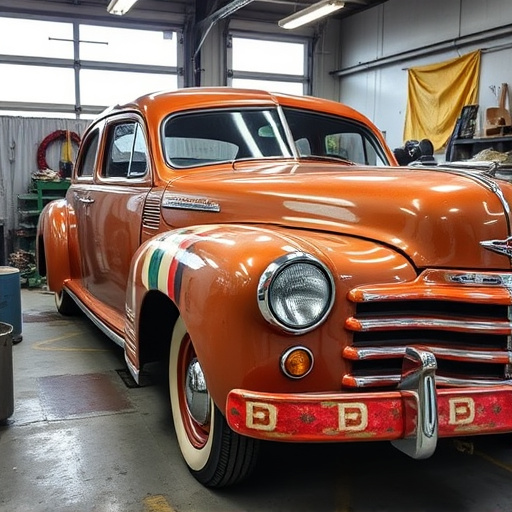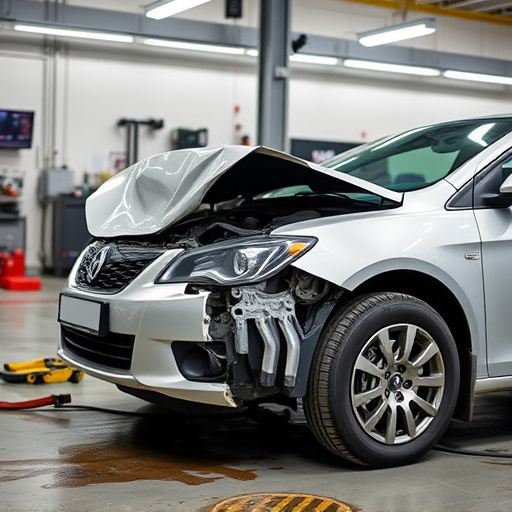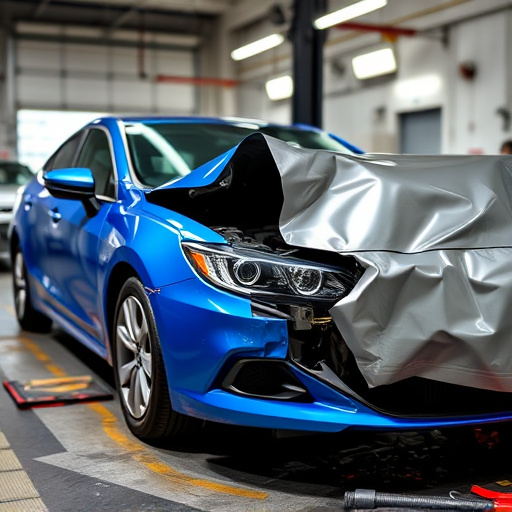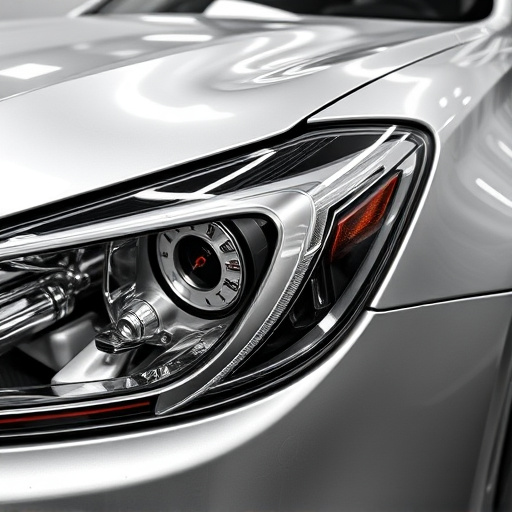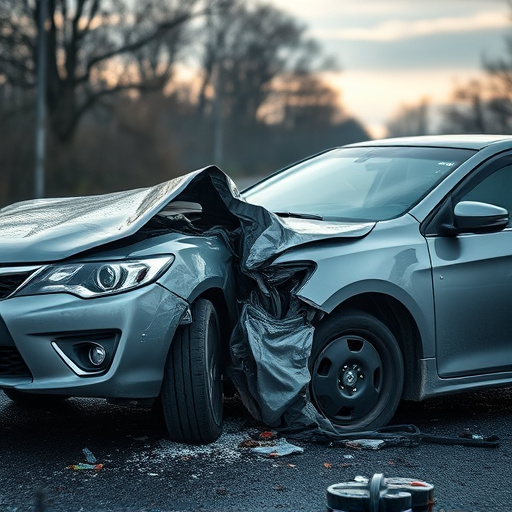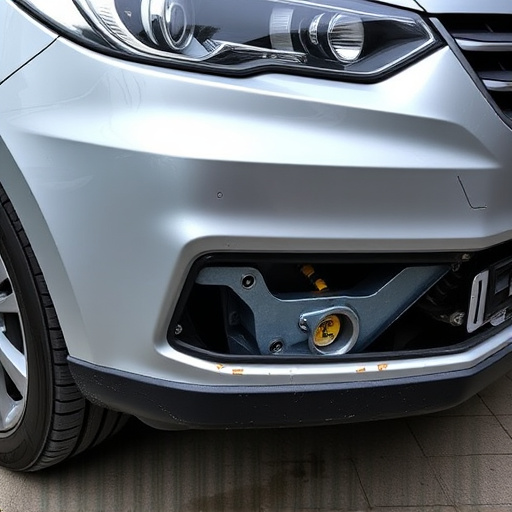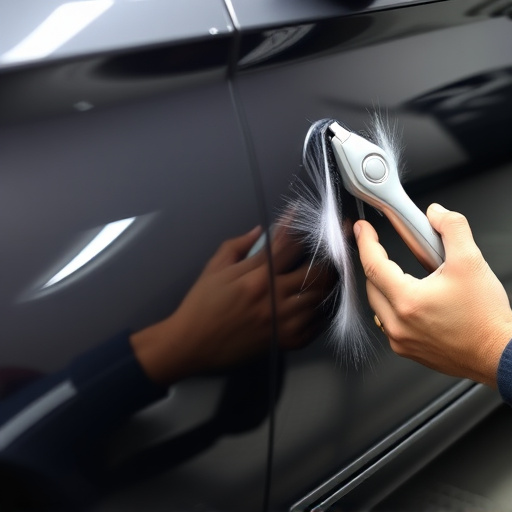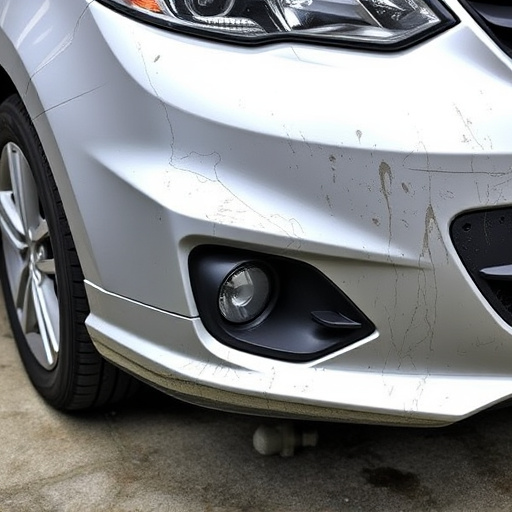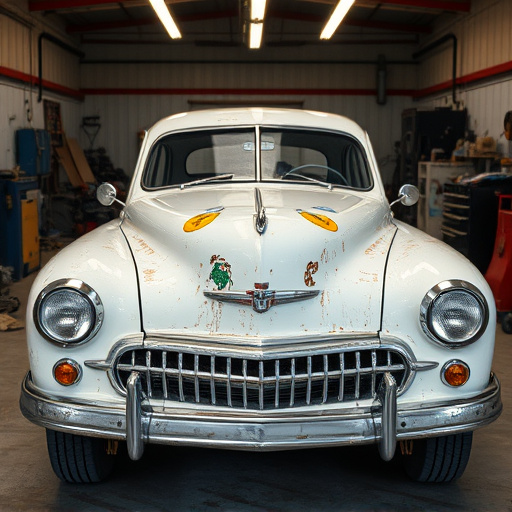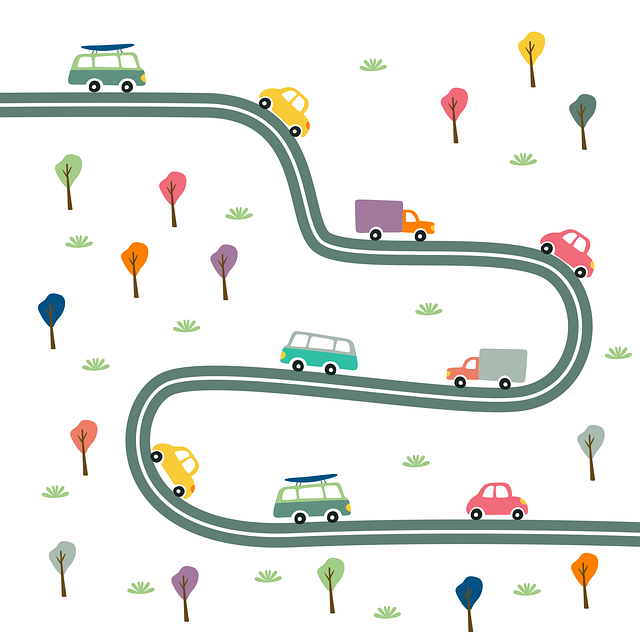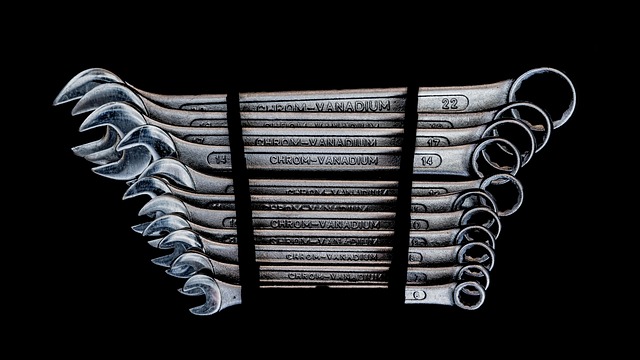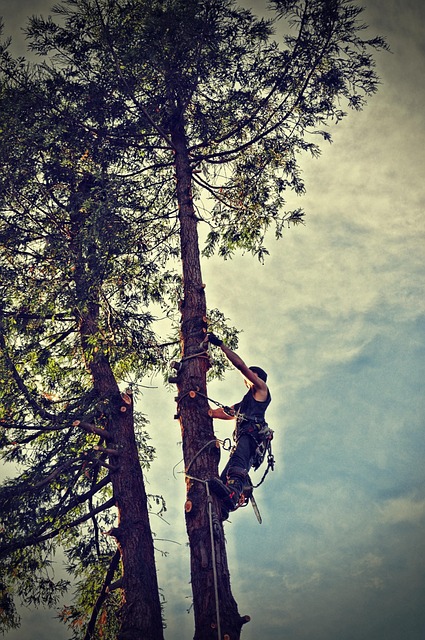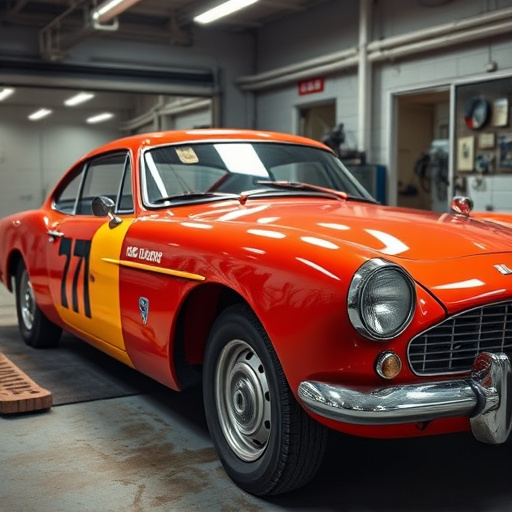Tesla fender camera alignment is vital for modern vehicle safety systems, especially after repairs or collisions. A meticulous process involving inspection, calibration, and adjustment ensures optimal field of view and accurate data capture for features like automatic emergency braking and lane departure warning, enhancing driver and pedestrian safety.
After a collision or panel repair on your Tesla, ensuring proper alignment of the fender cameras is crucial for optimal safety and driving experience. This comprehensive guide delves into the intricacies of Tesla fender camera alignment, offering a step-by-step process to ensure precise post-repair adjustments. From understanding the fundamental alignment principles to guaranteeing peak camera performance, this article equips you with the knowledge to navigate the repair process smoothly, keeping your Tesla’s advanced driver-assistance systems functioning at their best.
- Understanding Tesla Fender Camera Alignment
- Post-Collision: Step-by-Step Alignment Process
- Ensuring Optimal Camera Performance After Repair
Understanding Tesla Fender Camera Alignment
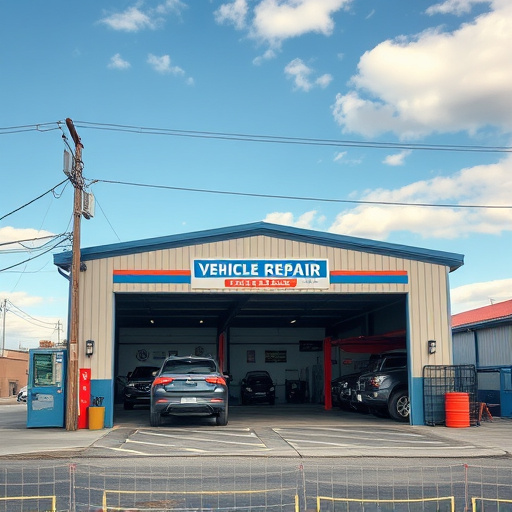
Tesla’s Fender Camera Alignment is a sophisticated system designed to ensure optimal visibility and safety for both drivers and pedestrians. This technology plays a crucial role in modern vehicle design, especially in electric cars like Tesla models, where advanced driver-assistance systems (ADAS) rely on accurate camera positioning. The fender cameras are strategically placed to capture high-resolution images and videos of the surroundings, enabling features such as automatic emergency braking, lane departure warning, and adaptive cruise control.
Proper alignment is vital for these cameras to function effectively. After a collision or panel repair involving the vehicle’s fender or surrounding areas, it’s essential to realign the cameras to maintain their field of view and prevent any obstructions. Auto body repair professionals must handle this process with care, ensuring that the camera positioning matches the manufacturer’s specifications. This involves meticulous adjustments to the camera mounts and calibration to deliver the best performance in auto painting and overall vehicle safety.
Post-Collision: Step-by-Step Alignment Process
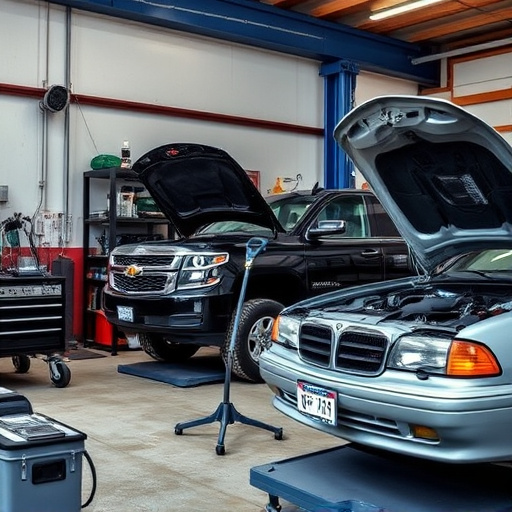
Post-Collision, the process of Tesla fender camera alignment is crucial for restoring the vehicle’s safety features and driver assistance systems to their optimal performance. The first step involves a thorough inspection of the damaged area, including the camera itself, its surrounding components, and any interconnected sensors or actuators. This meticulous evaluation ensures that all parts are in working order and ready for precise realignment.
Subsequently, a step-by-step alignment process is initiated. This includes calibrating the camera’s field of view, ensuring it accurately captures the road ahead without any obstructions. Adjustments to the focus and sensitivity settings may be required, depending on the severity of the collision or panel repair. Professional car repair services often utilize specialized tools and software to fine-tune these settings, achieving the highest level of accuracy in Tesla fender camera alignment, thereby enhancing the overall safety and functionality of the vehicle during operations like car body restoration at a collision repair center.
Ensuring Optimal Camera Performance After Repair
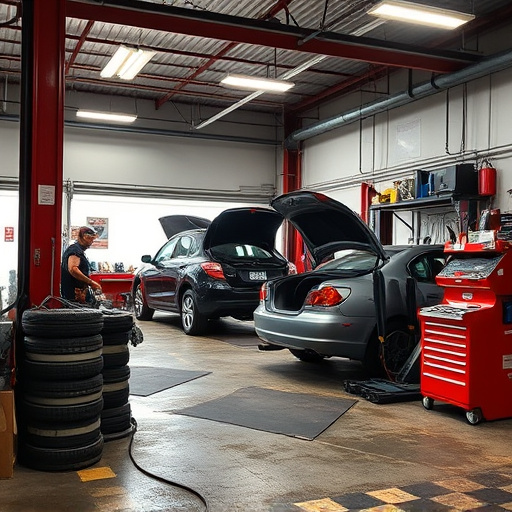
After a collision or panel repair on your Tesla, achieving optimal camera performance is paramount, especially for the fender camera alignment. The fender camera plays a crucial role in advanced driver-assistance systems (ADAS), ensuring safe driving and autonomous capabilities. When repairing or replacing auto painting and auto glass, it’s essential to calibrate the camera accurately to maintain its functionality.
During the repair process, whether it’s for a classic car restoration or modern vehicle, any misalignment can impact the camera’s effectiveness. Technicians should follow meticulous procedures to realign the camera precisely, ensuring it captures accurate data for the ADAS features. This includes recalibrating the lens, adjusting settings, and verifying performance through diagnostic tools, ultimately enhancing road safety and driver confidence.
When repairing a Tesla’s fender or undergoing a collision repair, aligning the vehicle’s cameras is an essential step to ensure optimal safety and performance. By following a structured process, as outlined in this article—from understanding the system to ensuring post-repair performance—you can help maintain the integrity of Tesla’s advanced driver-assistance systems (ADAS). Regular attention to Tesla fender camera alignment is key to keeping your vehicle safe and up-to-date with its autonomous capabilities.
